Next, the cocoa nibs are ground into a paste called chocolate liquor, also sometimes called cocoa mass. Despite the name, chocolate liquor has absolutely no alcoholic content. Chocolate liquor can either be used directly in the production of chocolate bars or further processed to separate the fat, known as cocoa butter, from the cocoa solid, leaving cocoa presscake. Cocoa butter is used in chocolate bars and beauty products. Cocoa presscake is milled into cocoa powder to be used for baking cocoa and hot cocoa.
Conching
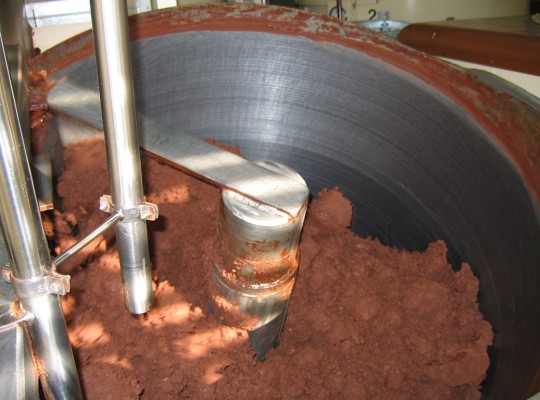
Once the beans are processed into chocolate liquor and cocoa butter, the manufacturing of finished products can begin. To make chocolate bars, chocolate liquor and cocoa butter are blended with other ingredients such as sugar, vanilla, and milk (for milk chocolate). These ingredients are then refined. For Equal Exchange chocolate bars, this means the particle size of the ingredients is refined to such a small size that they cannot be felt by the human tongue, giving the chocolate much of its smooth texture. This mixture is then “conched,” or mixed and aerated at high temperatures. This process thoroughly blends the ingredients, taking out some of the acidity of the cacao and further developing the flavors that will appear in the final bar.
Traditionally, conching has been an extended process of mixing the ingredients for long periods of time, often for days. It is now common for companies to use soy lecithin, an emulsifier, to help blend the ingredients, allowing them to drastically cut down on conching time and costs. We are proud to say that Equal Exchange does not use soy lecithin in any of our products. Instead, our bars are crafted using extended conching for a period of 24-72 hours depending on the bar. It is our belief that this method creates a superior chocolate that is both incredibly smooth and full of well-balanced flavors. Read more about soy-free chocolate.
Tempering and Molding

After the conching is complete, the chocolate is then “tempered” through a slow, stepped decrease in temperature. During this process, the chocolate is cooled and then warmed, then cooled further and warmed once again, and so on until it reaches the correct temperature, creating an even crystallization of the ingredients throughout the chocolate. If done well, tempering is what gives the chocolate its smooth texture and snap when broken in two. After the chocolate is properly tempered, it is ready for additional ingredient inclusions such as almonds, coffee beans, or sea salt. The chocolate is then poured into molds, which form the shape of the bar. The chocolate cools until it becomes solid and is then removed from the molds as chocolate bars. Once the bars are cooled, they are wrapped in their inner wrapper to keep the chocolate fresh for 12-24 months. They are then labeled, packed in cases and stacked on pallets ready to be shipped to and eaten!

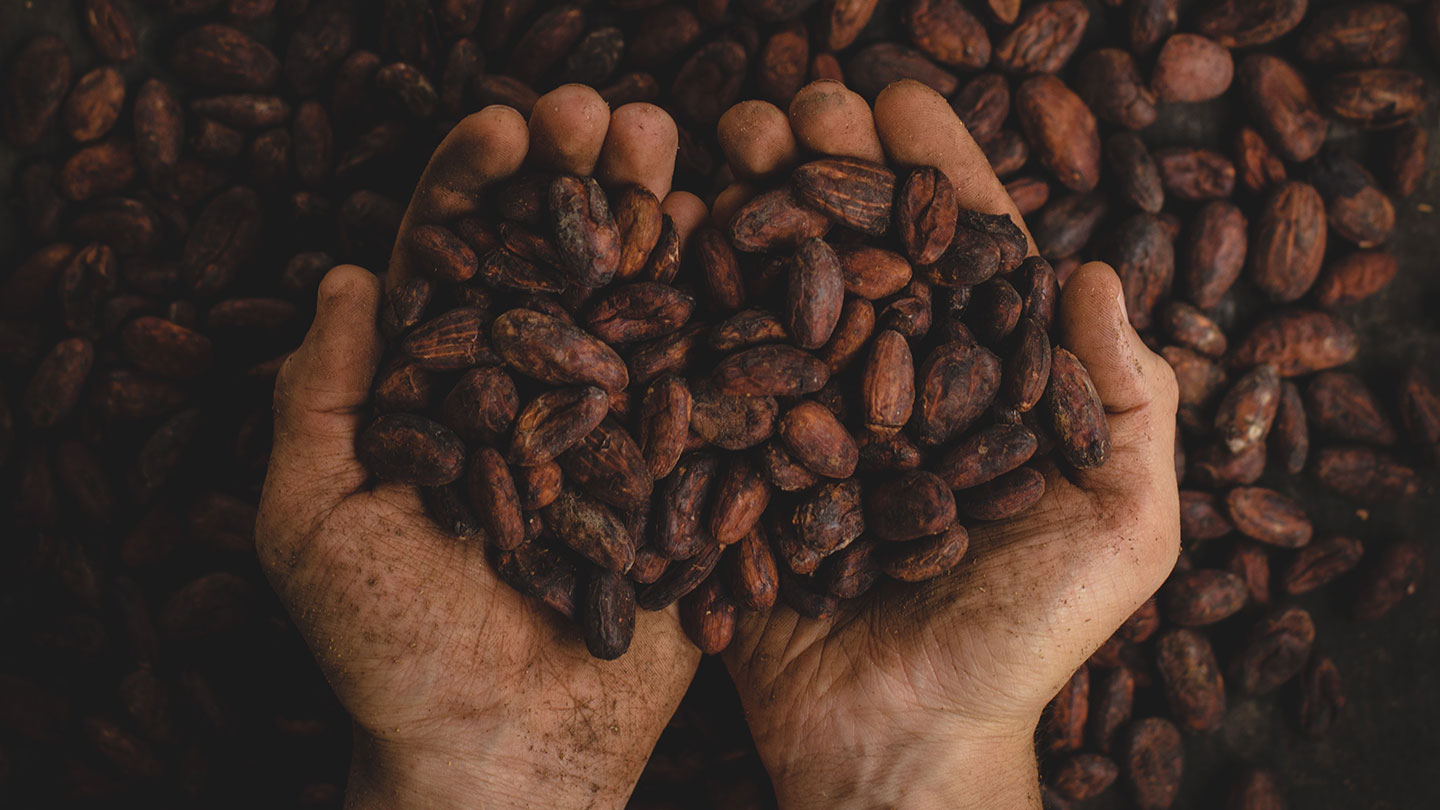

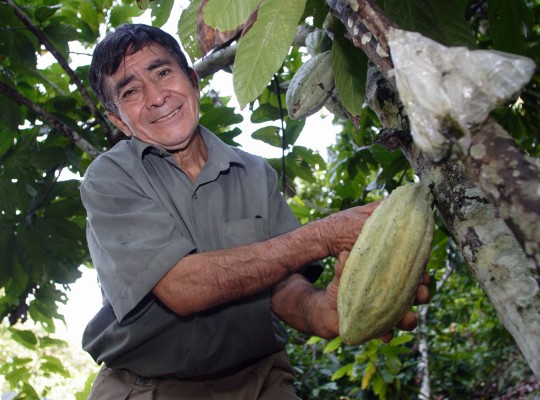

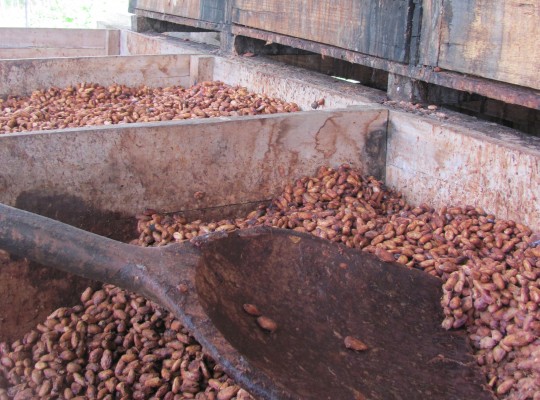
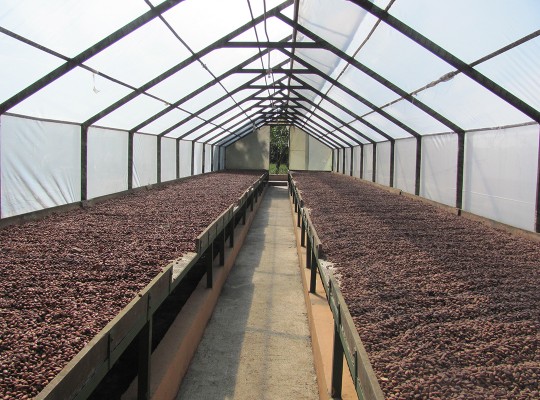
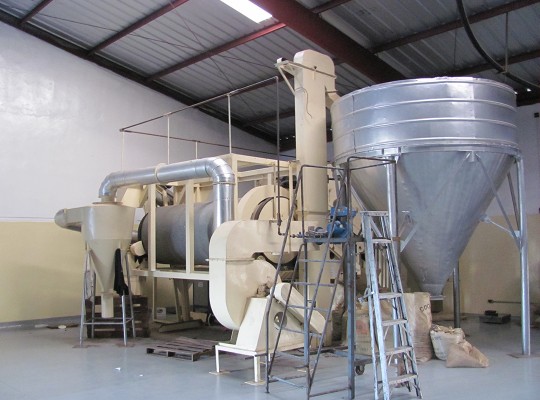





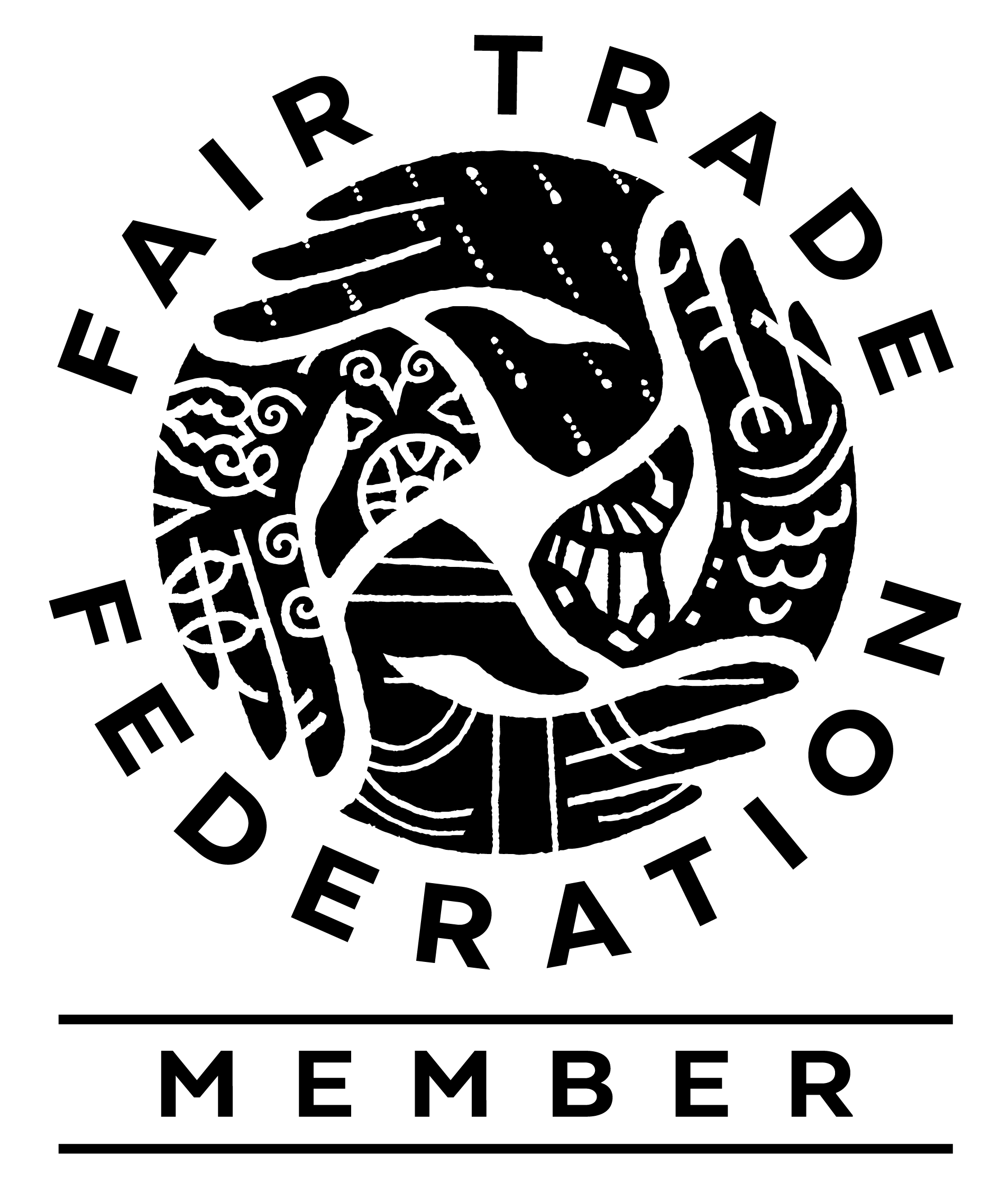

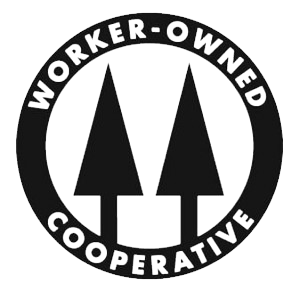
Isabela Dias Freedman | 31st Jul 20
Where is the chocolate produced? Your website tells everything about the farms and the farmer, but very little about the industry that make the final product. I would like to know more about it. Where is chocolate plant is located? Is it committed to 100% renewable energy? Is is committed to labor equality, fair payment of employees, employees benefits?
Kate Chess | 10th Aug 20
Hi Isabela. Thanks for asking! The Chocolate Team sent along the following info about our manufacturing partner:
Equal Exchange works with a medium sized, family-owned manufacturer in Switzerland that – in addition to crafting quality chocolate – is committed to sustainability. They were one of the first manufacturers in the world to launch fair trade and organic chocolate in the market. As a third generation family-owned manufacturer, the welfare of their employees is important. They are an equal opportunity employer and offer benefits above and beyond Swiss standards such as an employee emergency fund for unexpected financial needs, training programs, a fund for low interest loans or early retirement, and even an allotment on company grounds for employee gardens! On the environmental side of things, they are working toward their goal of carbon neutral production. From 2010 to 2014, they have been able to reduce energy consumption per square meter by almost 25% and reduce their use of heating oil by 50%. Beyond deriving their remaining energy needs from renewable sources, in 2013, they installed solar panels on one of their facilities that reduce carbon emissions by 18 tons / year. At the manufacturing level, they have been able to repurpose thermal energy from the production processes into heating the building. At the product level, they exclusively source sustainable forestry paper and cardboard (FSC certified).
Whitney Maybelle | 13th Mar 20
I love chocolate, maybe more than some of my kids..lol, I found this to be so interesting. I am wondering what part of the cocao bean is used to make coaco butter? any ideas?
Kate Chess | 17th Mar 20
Thanks, Whitney! Cocoa butter comes from the beans (the seeds inside the pod). Once beans are fermented, dried and hulled, they’re ground into chocolate liquor, like this blog post explains. The chocolate liquor is then pressed to separate the cocoa butter from the non-fat cocoa solids.